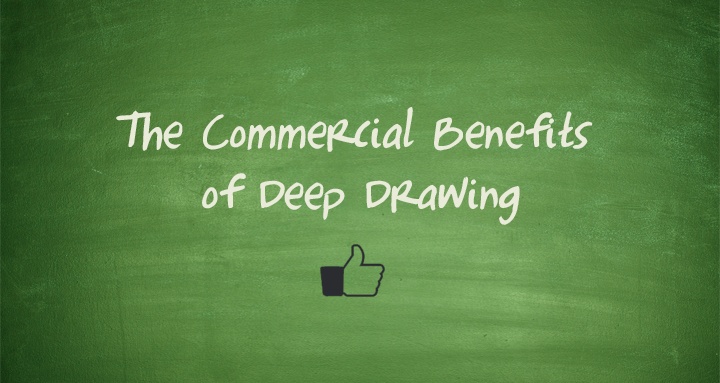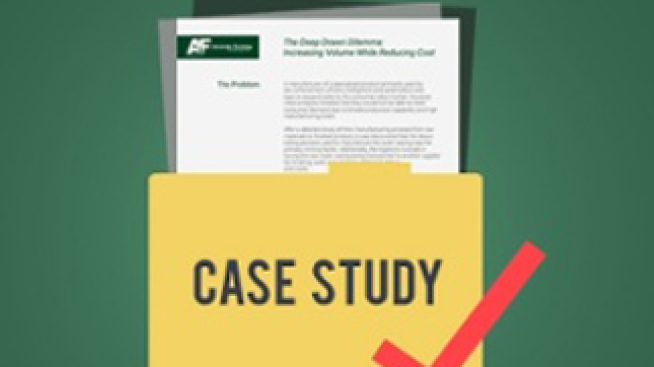The Commercial Benefits of Deep Drawing
The Commercial Benefits of Deep Drawing
January 12, 2016

While there are many different manufacturing processes available, only the deep drawing process confers both technical and commercial benefits that are not only cost effective but are efficient in terms of being responsive to customer demand and adaptable to a range of materials and specifications. Focusing on the commercial benefits of deep drawing, the efficiency of the process generates a cost savings to the unit cost of each part as well as having more esoteric savings throughout the entire process. Therefore, for your company, the deep drawing process represents an opportunity for your bottom line.
Benefits of Deep Drawing
Deep drawing, or the process by which material is drawn through a die or dies using linear stress thus producing a part, confers several commercial benefits for those that take the opportunity have this process as a supplier. These commercial benefits include:
- Reduced Product Costs Per Unit
- More Parts Per Lot
- Adaptive Response
These three are the largest of the commercial benefits but this is no means an exhaustive list. More esoteric savings are derived by the benefits brought to the entire supply chain by taking advantage of using a supplier with the deep drawn process. Some of the more esoteric saving are due to the varied materials that can be used in the process, and the faster cycle times from the utilization of the process.
Unit Costs
As opposed to both stamping and rolling processes, deep drawing uses more of the individual material with less waste therefore maintaining supply costs on a near equivalent basis. This directly translates to more parts per pound of material thus saving on the per unit costs. Thereby producing less of a drain on your supply budget and enhancing your overall bottom line.


